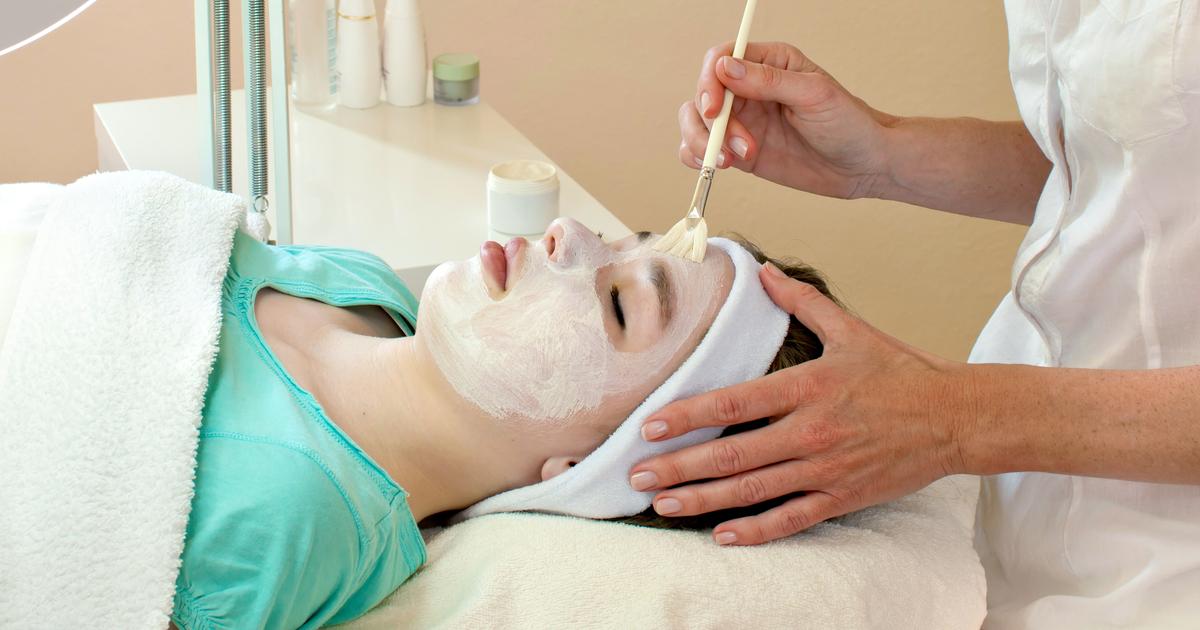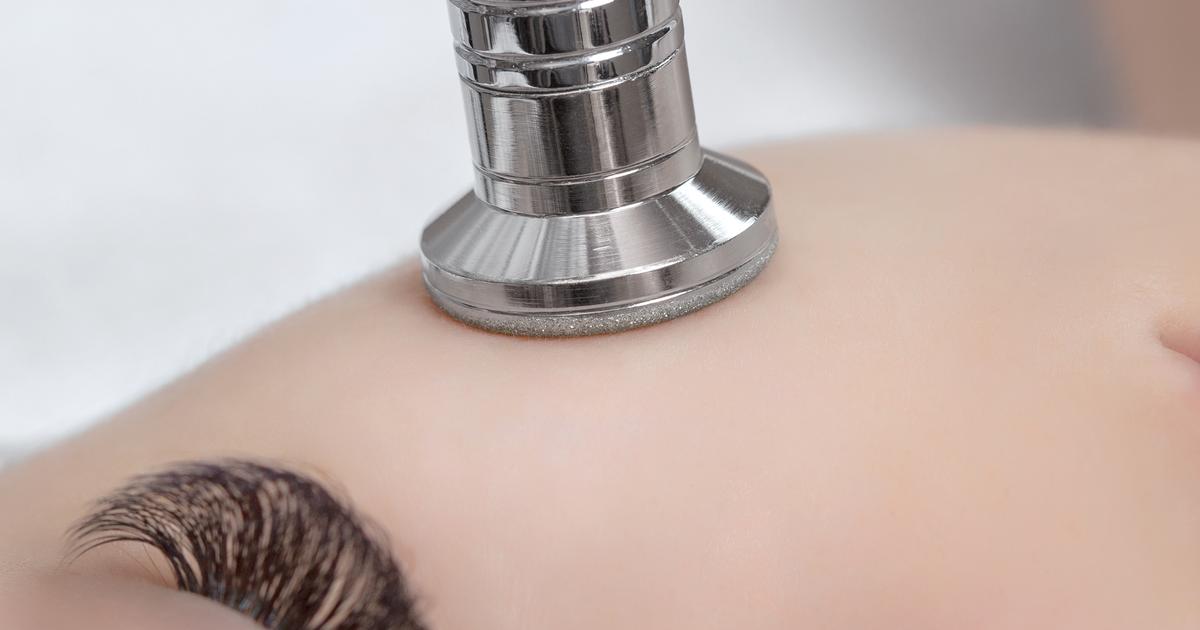How To Treat Hypopigmentation
Chemical Peels

Chemical peels for hypopigmentation may be used in conjunction with treatment for an underlying condition. As an individual's skin becomes healthier, the layers underneath will slowly start to become more visible. To bring them into the sun faster, individuals can use a chemical peel to remove damaged cells. This won't necessarily even out their skin tone right away, but it will remove damaged layers of skin and reveal the more melanin-rich and healthy skin below. There are three main types of chemical peels: deep, medium, and light. Individuals should always make sure their chemical peel is conducted by a medical professional like a skincare specialist, dermatologist, or plastic surgeon. After the procedure, patients have to follow the postop care instructions to the letter if they don't want to harm their skin. Deep and medium chemical peels are the most likely to even someone's skin tone, but they tend to require between two and three weeks to recover. Each procedure might last between thirty and ninety minutes.
Discover additional treatments for hypopigmentation now.
Dermabrasion

Dermabrasion is a much less intense technique than a chemical peel. If individuals don't have the time or the inclination to undergo a procedure that requires weeks of potential downtime, dermabrasion is a happy medium. This exfoliating technique uses rotating instruments to remove the outer few layers of skin. Though it can be employed at any point on the body, most individuals use the technique on their face. This is a popular treatment for individuals who wish to improve their skin's appearance. If individuals have layers of healthier skin underneath their skin with hypopigmentation patches, dermabrasion might help even this out. Even if their skin hasn't started healing yet, dermabrasion can still help get rid of old flakes and make an individual's coloration look smoother. During this procedure, the dermatologist will use numbing anesthesia on the patient's skin and then remove the outermost layers. Since it's an outpatient procedure, patients can go home immediately following the treatment. After spending some time resting, individuals should be good to return to work the next day.
Keep reading to reveal more options for treating hypopigmentation now.
